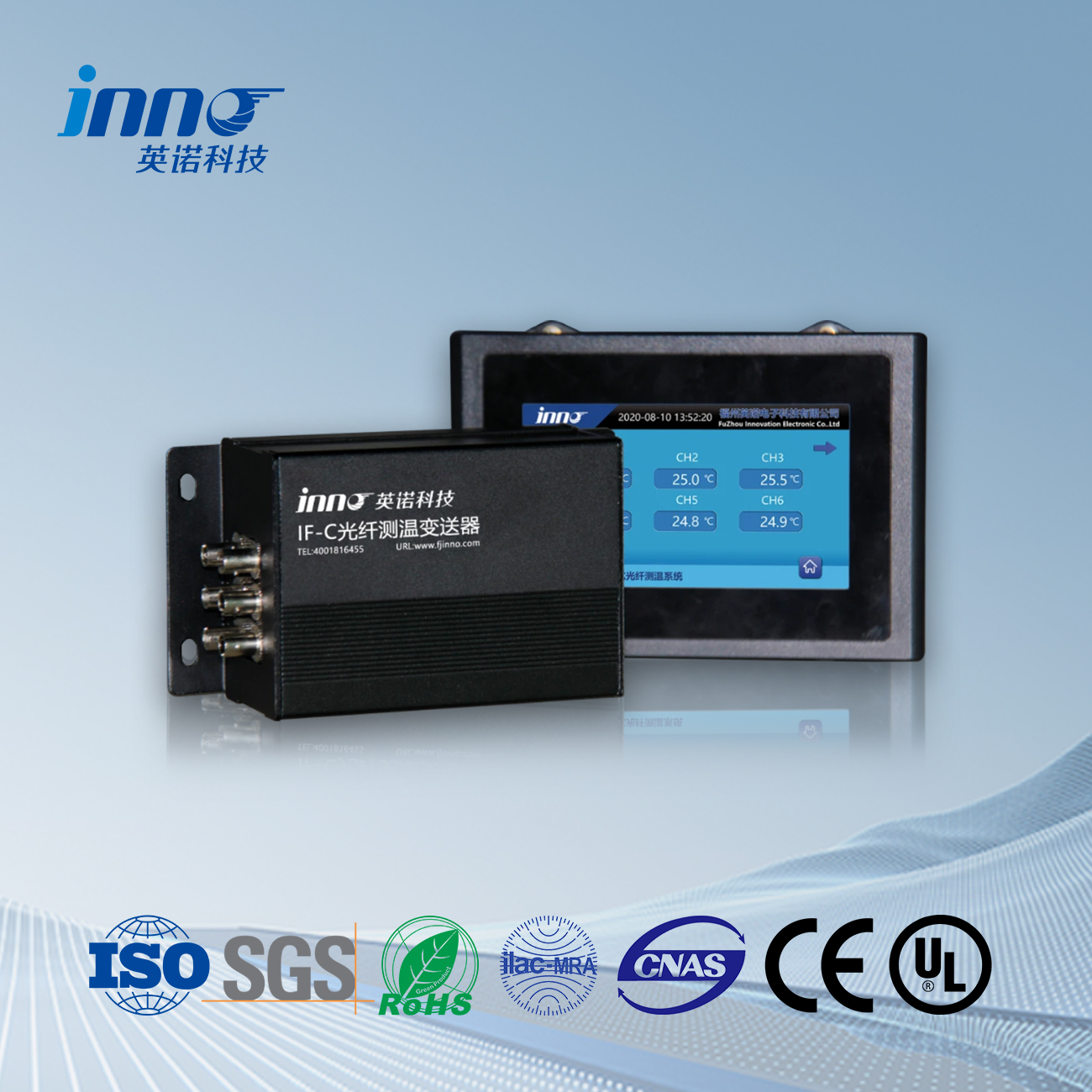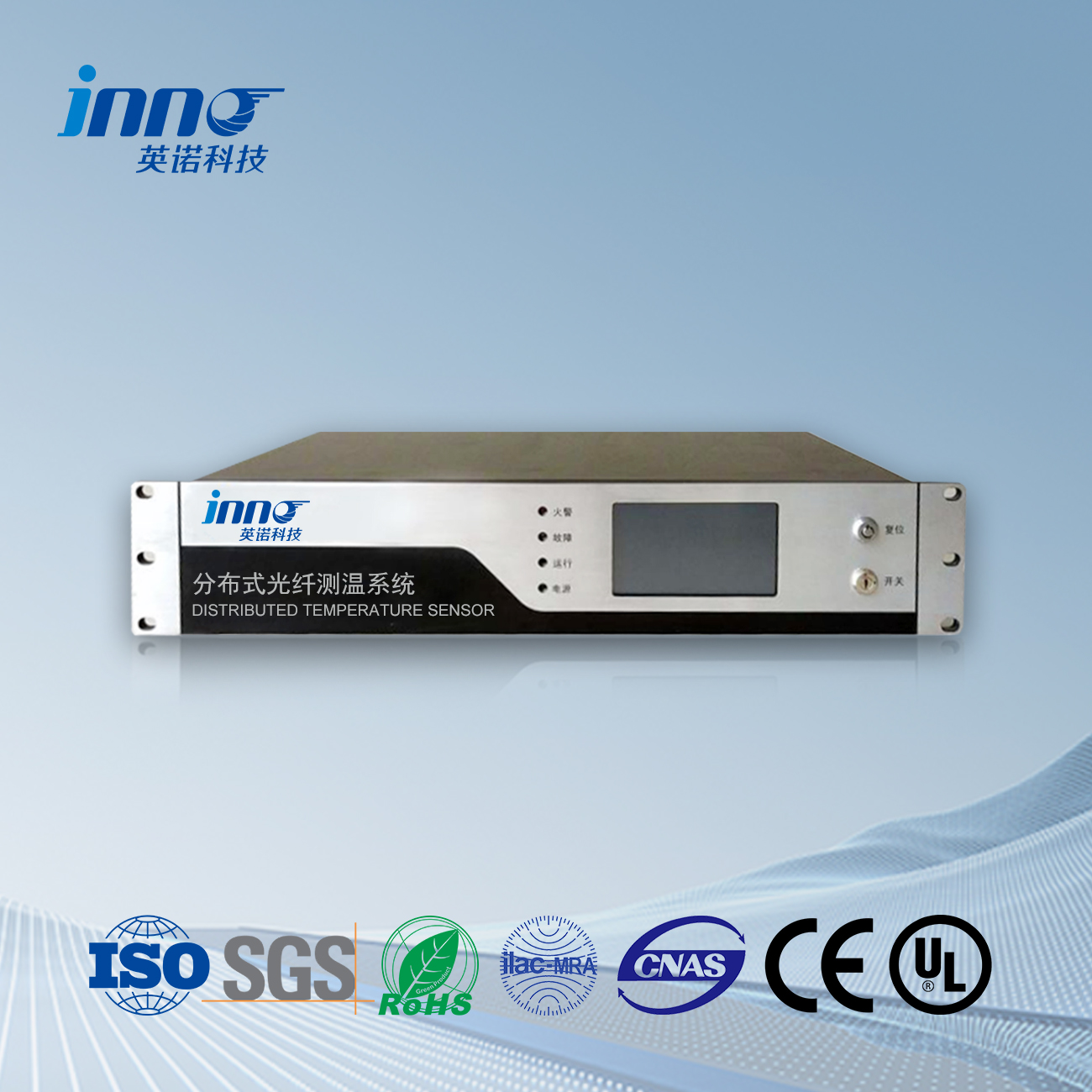Filo optic e ʻea sensor resistance, Founga vakaiʻi ʻo e ʻatamai poto, Tufaki e filo optic ʻi Siaina
 |
 |
 |
The high-voltage switchgear adopts a fully enclosed operation mode, and the internal key current transmission links such as the busbar connection point, dynamic and static contacts, cable lap joints, mo e alā meʻa pe. are prone to overheating, which can affect the safe operation of electrical equipment. In severe cases, it can damage electrical equipment and even cause accidents such as fires and large-scale power outages. By monitoring the operation of the temperature in the key current transmission link of the high-voltage switchgear, such accidents can be effectively prevented.
Temperature measurement method for high-voltage switchgear
ʻI he ngaahi taʻu kimui ní, three mainstream temperature measurement methods have emerged to solve the problem of real-time online monitoring of high-voltage equipment: infrared temperature measurement, filo optic e mafana ʻo e ʻea, mo e fua ʻo e ʻea wireless.
1. Infrared temperature measurement is a non-contact visual temperature measurement method that requires strict installation of infrared temperature probes. Often, the accuracy of temperature measurement is not high, and it is greatly limited by the structure of high-voltage switchgear, making layout and use difficult;.
2. The long-term operation of high-voltage switchgear in high voltage, ʻau maʻolunga, and strong magnetic field working environments has a significant impact on the reliability of wireless temperature measurement equipment. It is also inconvenient to power the temperature measurement equipment from the high-voltage side of the switchgear. The development of wireless temperature measurement devices not only needs to ensure the accuracy of temperature measurement, but also needs to solve the problem of signal conflict interference and the lifespan of temperature measurement devices in wireless temperature measurement.
3. Maama tiupi filo optic e ʻea is a contact type temperature measurement method that uses fiber optic temperature sensors for temperature measurement. It has the advantages of accurate temperature measurement, high insulation strength, and strong resistance to electromagnetic interference.
 ʻIkai ha kalava optic e mafana ʻo e ʻea ,founga vakaiʻi ʻo e māfana ʻo e ʻeá.
ʻIkai ha kalava optic e mafana ʻo e ʻea ,founga vakaiʻi ʻo e māfana ʻo e ʻeá.
